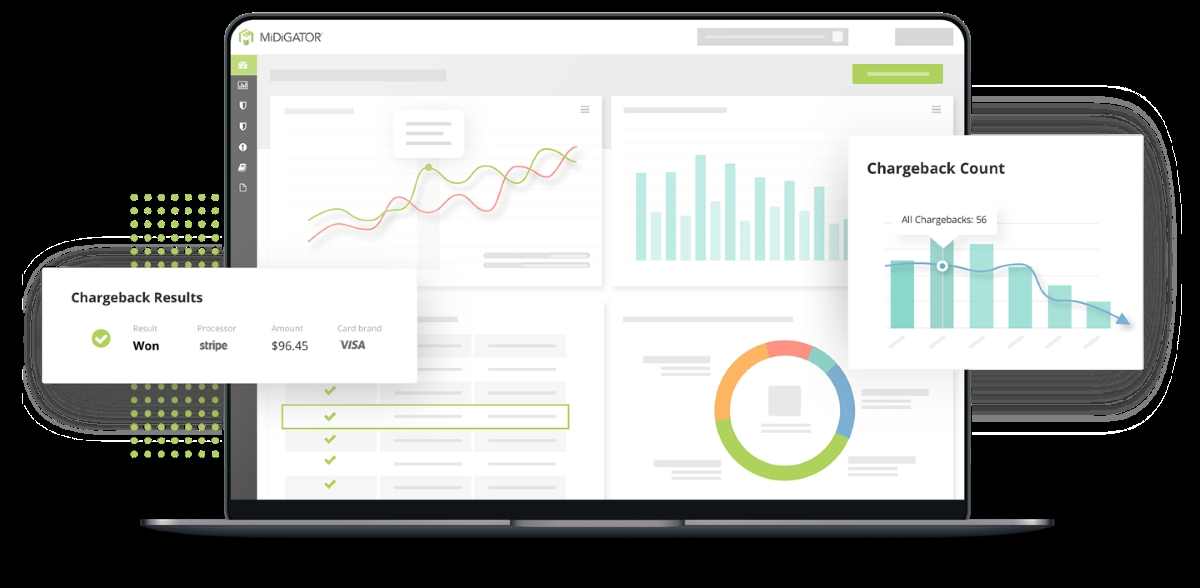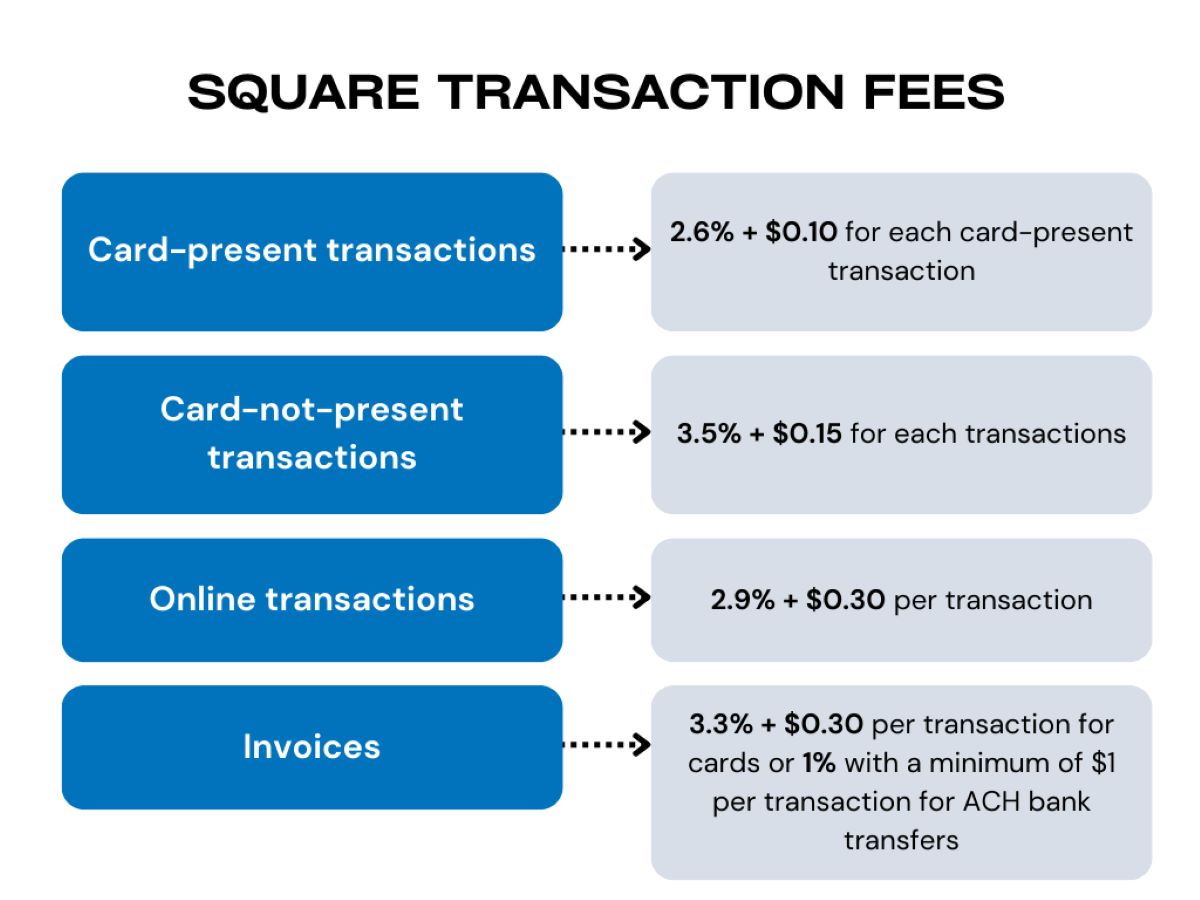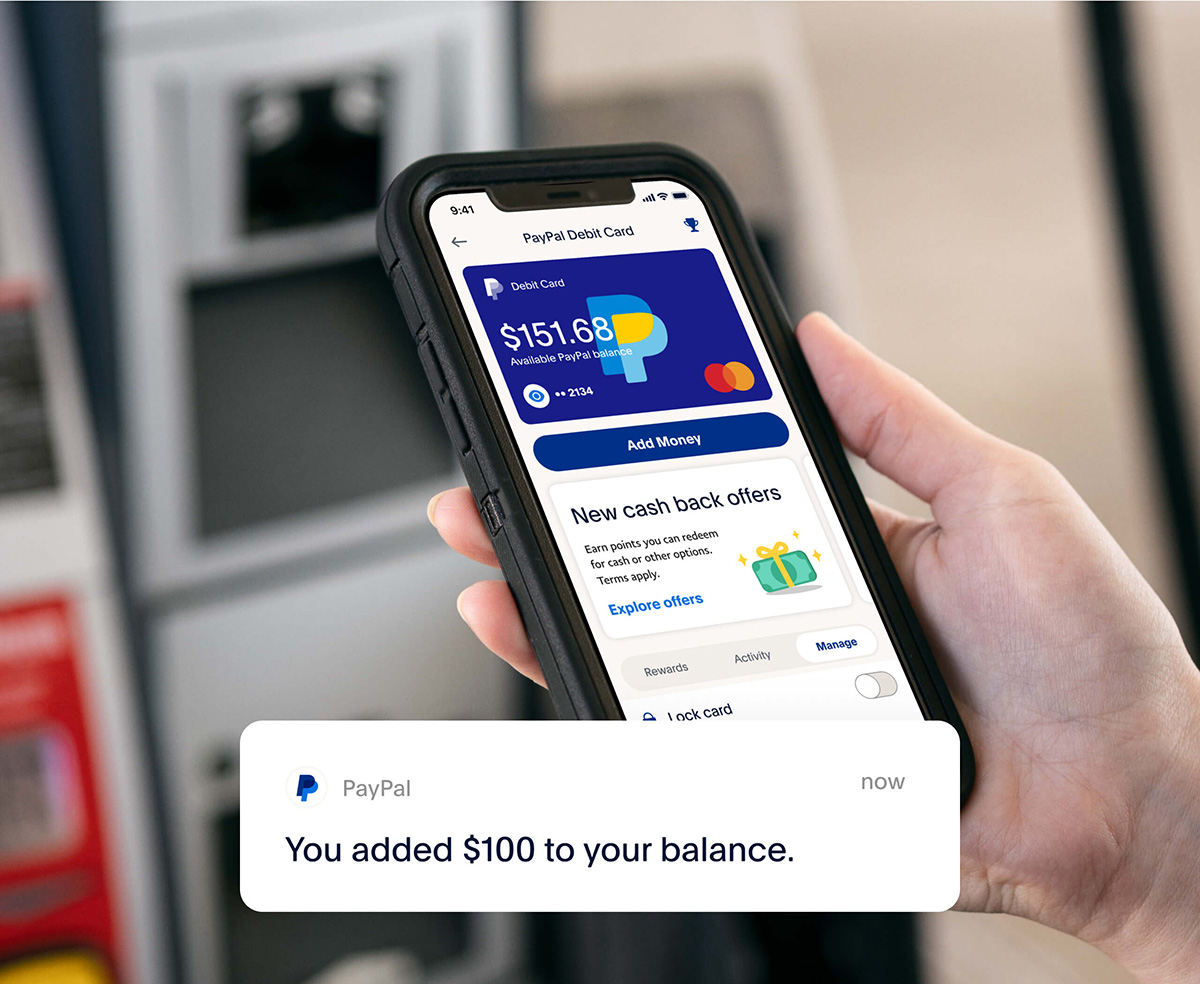

Finance
How To Reduce Bank Of America Merchant Fees
Published: February 24, 2024
Learn effective strategies to minimize Bank of America merchant fees and optimize your finances with expert tips in finance management. Reduce costs and maximize profits today!
(Many of the links in this article redirect to a specific reviewed product. Your purchase of these products through affiliate links helps to generate commission for LiveWell, at no extra cost. Learn more)
Table of Contents
Introduction
Are you a business owner who utilizes Bank of America's merchant services for processing customer payments? If so, you're likely familiar with the various fees associated with these services. While these fees are a standard aspect of accepting electronic payments, they can significantly impact your bottom line if not managed effectively. This article aims to provide you with valuable insights and actionable strategies to reduce Bank of America merchant fees, ultimately helping you optimize your business's financial performance.
Navigating the realm of merchant fees can be complex and daunting, especially when dealing with a prominent financial institution like Bank of America. However, with the right knowledge and approach, you can proactively address these fees and potentially lower your overall processing costs. Whether you're a small business owner or a seasoned entrepreneur, understanding the intricacies of merchant fees and exploring cost-saving opportunities can lead to substantial savings and improved profitability.
In the following sections, we will delve into the specifics of Bank of America merchant fees, explore the art of negotiation with the institution, evaluate alternative payment processors, and discuss practical strategies for implementing cost-saving measures. By the end of this article, you will be equipped with the knowledge and tactics necessary to make informed decisions and take proactive steps toward reducing your Bank of America merchant fees. Let's embark on this journey to optimize your payment processing expenses and enhance the financial health of your business.
Understanding Bank of America Merchant Fees
Before delving into strategies for reducing Bank of America merchant fees, it’s crucial to have a clear understanding of the various fees that may impact your business. Bank of America, like many financial institutions, imposes a range of fees related to processing credit and debit card transactions. These fees typically include interchange fees, assessment fees, and additional charges levied by the bank itself.
Interchange Fees: These fees are set by the card networks, such as Visa, Mastercard, and Discover, and are paid to the card-issuing banks. They are determined based on factors such as the type of card used, the transaction method (swiped, keyed-in, or online), and the specific industry of the merchant.
Assessment Fees: Card networks also charge assessment fees, which are collected by the networks themselves. These fees contribute to the overall cost of processing card payments and are passed on to merchants by their acquiring banks, including Bank of America.
Bank of America Merchant Service Fees: In addition to the interchange and assessment fees, Bank of America imposes its own service fees for providing merchant processing services. These fees may encompass monthly account fees, statement fees, PCI compliance fees, and other miscellaneous charges.
Understanding the breakdown of these fees is essential for identifying opportunities to reduce your overall processing costs. By gaining clarity on the specific fees imposed by Bank of America, you can effectively strategize and engage in informed discussions with the bank to potentially lower these expenses.
With a solid grasp of the fee structure in place, you can proceed to explore negotiation tactics and alternative payment processing options to optimize your payment processing expenses.
Negotiating with Bank of America
When it comes to managing merchant fees, proactive negotiation with Bank of America can yield substantial cost savings for your business. While financial institutions often present their fee structures as non-negotiable, the reality is that there is often room for discussion and potential concessions, especially for established and high-volume businesses.
Assess Your Payment Processing Volume: Before initiating negotiations, it’s beneficial to assess your payment processing volume and the stability of your business. High-volume merchants may have more leverage in negotiating lower fees, as they represent valuable clientele for the bank. By understanding your business’s transaction volume and its significance to Bank of America, you can strategically position yourself for negotiation.
Understand Industry Standards and Competitor Rates: Educate yourself about industry standards and prevailing competitor rates for merchant services. Armed with this knowledge, you can engage in informed discussions with Bank of America, citing competitive rates and industry benchmarks as a basis for negotiation. Demonstrating that you are well-informed about prevailing rates can strengthen your position and compel the bank to consider adjusting your fees.
Emphasize Customer Loyalty and Relationship: If your business has a long-standing relationship with Bank of America, emphasize the value of this loyalty. Highlight the history of your business’s banking relationship, your positive track record, and the potential for continued growth. Positioning yourself as a loyal and valuable customer can prompt the bank to prioritize your satisfaction and consider accommodating your requests for fee reductions.
Request a Rate Review: Approach Bank of America with a formal request for a rate review. Express your desire to explore opportunities for reducing your merchant fees and request a comprehensive assessment of your current fee structure. By initiating this dialogue, you signal to the bank that you are proactive about managing your expenses and expect a fair evaluation of your fee arrangement.
Engaging in negotiation with Bank of America requires a strategic and informed approach. By leveraging your transaction volume, industry knowledge, customer loyalty, and proactive communication, you can position yourself for a successful negotiation that may result in tangible cost savings for your business.
Evaluating Alternative Payment Processors
Exploring alternative payment processors presents an opportunity to assess competitive rates, innovative services, and potentially lower fees compared to your current arrangement with Bank of America. While the prospect of transitioning to a new payment processor may seem daunting, the potential cost savings and enhanced services make it a compelling avenue for consideration.
Compare Fee Structures: Research and compare the fee structures of alternative payment processors to gain a comprehensive understanding of the rates and charges they offer. Pay close attention to interchange fees, assessment fees, monthly account fees, and any additional charges that may apply. By conducting a thorough comparison, you can identify potential cost savings and evaluate the overall value proposition offered by alternative processors.
Assess Service Offerings: Beyond fees, evaluate the service offerings and technological capabilities of alternative payment processors. Look for features such as advanced reporting tools, customizable payment solutions, and responsive customer support. Assessing the overall service quality and compatibility with your business’s needs is crucial when considering a potential switch to a new payment processor.
Seek Client References and Reviews: Investigate the reputation and client satisfaction levels of alternative payment processors. Request client references and seek out authentic reviews from businesses that have transitioned to these processors. Understanding the experiences of other merchants can provide valuable insights into the reliability, transparency, and overall performance of the payment processor under consideration.
Engage in Consultations and Negotiations: Initiate consultations with alternative payment processors to discuss your business’s specific needs and explore potential opportunities for tailored fee structures. Many processors are open to negotiation and may offer customized pricing based on your transaction volume, industry, and business model. By engaging in open dialogue and expressing your interest in a potential partnership, you can gain a clearer understanding of the cost-saving potential and service enhancements available through alternative processors.
Evaluating alternative payment processors empowers you to make an informed decision regarding your payment processing services. By conducting a comprehensive assessment of fee structures, service offerings, client feedback, and negotiation opportunities, you can determine whether transitioning to a new processor aligns with your business’s goals and financial optimization objectives.
Implementing Cost-Saving Strategies
Implementing effective cost-saving strategies is instrumental in optimizing your payment processing expenses and enhancing your business’s financial efficiency. By adopting proactive measures and leveraging available resources, you can mitigate unnecessary costs and maximize the value derived from your merchant services.
Optimize Payment Processing Technology: Assess the efficiency of your current payment processing technology and explore opportunities for optimization. Upgrading to modern point-of-sale (POS) systems and embracing contactless payment solutions can streamline transactions and potentially qualify you for lower interchange rates. By staying abreast of technological advancements, you can enhance efficiency and reduce processing costs.
Implement PCI Compliance Best Practices: Adhering to Payment Card Industry Data Security Standard (PCI DSS) compliance not only safeguards sensitive customer data but also helps avoid non-compliance fees imposed by banks and card networks. By implementing robust data security measures and maintaining PCI compliance best practices, you can mitigate the risk of incurring additional fees and penalties.
Encourage Cash and ACH Payments: Encouraging customers to opt for cash payments or automated clearing house (ACH) transfers for certain transactions can reduce the volume of credit and debit card transactions, thereby potentially lowering overall processing costs. Offering incentives for cash payments or ACH transfers can incentivize customers to choose these cost-effective payment methods.
Regularly Review and Audit Fees: Routinely review your merchant account statements and diligently audit the associated fees. Look for any discrepancies, unexpected charges, or obsolete services that can be eliminated. By maintaining a vigilant approach to fee management, you can identify areas for potential cost reduction and ensure that you are not overpaying for unnecessary services.
Explore Volume Discounts and Bundled Services: Engage in discussions with Bank of America or alternative payment processors to explore volume-based discounts and bundled service offerings. Consolidating multiple services or increasing your transaction volume may qualify you for preferential pricing and customized fee structures. By leveraging your business’s growth potential and exploring bundled service options, you can unlock cost-saving opportunities.
By implementing these proactive cost-saving strategies, you can effectively manage your merchant fees, optimize payment processing technology, and align your business with efficient and cost-effective payment methods. These measures not only contribute to immediate cost savings but also foster a financially prudent and sustainable approach to managing your business’s payment processing expenses.
Conclusion
Managing and reducing Bank of America merchant fees requires a multifaceted approach that encompasses understanding fee structures, negotiation tactics, alternative payment processor evaluations, and proactive cost-saving strategies. By delving into the intricacies of merchant fees and exploring avenues for optimization, business owners can proactively address their payment processing expenses and enhance their financial performance.
Understanding the breakdown of merchant fees, including interchange fees, assessment fees, and bank-specific charges, is foundational to devising effective cost-saving strategies. Armed with this knowledge, businesses can engage in informed negotiations with Bank of America, leveraging their transaction volume, industry knowledge, and customer loyalty to potentially secure lower fees and favorable terms.
Exploring alternative payment processors presents an opportunity to evaluate competitive fee structures, service offerings, and potential cost savings. By conducting a comprehensive assessment of alternative processors and engaging in consultations and negotiations, businesses can make informed decisions regarding potential transitions that align with their financial optimization objectives.
Implementing proactive cost-saving strategies, such as optimizing payment processing technology, maintaining PCI compliance, and exploring volume discounts, empowers businesses to mitigate unnecessary costs and maximize the value derived from their merchant services. These measures not only contribute to immediate cost savings but also foster a financially prudent and sustainable approach to managing payment processing expenses.
Ultimately, by navigating the realm of merchant fees with a strategic and informed approach, businesses can position themselves for long-term financial efficiency and profitability. Whether through negotiation with Bank of America, evaluating alternative payment processors, or implementing proactive cost-saving measures, the journey to reducing merchant fees is a pivotal step toward optimizing business operations and fostering sustainable growth.
Embracing a proactive and informed approach to managing merchant fees empowers businesses to navigate the evolving landscape of payment processing with financial acumen and strategic foresight. By leveraging available resources, staying abreast of industry developments, and embracing innovative solutions, businesses can effectively reduce Bank of America merchant fees and embark on a path toward enhanced financial prosperity.














